MARKET OVERVIEW
The Global Sewer Machine market is one of the niches under the industrial machinery segment, where machines are manufactured with the aim of cleaning, maintaining, and managing sewer systems. The machines range from jetting machines, rodding equipment, to vacuum systems, each designed to meet the specific demands of sewer maintenance and wastewater management. These machines are critical in the functioning of municipal and industrial sewer systems, prevention of blockages, and ensuring proper sanitation.
As urbanization continues to increase and infrastructure development projects are taken up globally, the Global Sewer Machine market will play a greater role in supporting modern systems of sewage management. Sewer machines will form the backbone tools for municipalities, utility companies, and private contractors in maintaining complex underground sewer networks. The markets will cater for various needs; from small scale residential applications, to large scale industrial operations which will ensure there is continuous flow and treatment of wastewater in the developed and the developing regions.
The Global Sewer Machine market will go beyond traditional municipal applications. Industrial sectors such as oil and gas, manufacturing, and chemical processing will use specialized sewer machines to manage wastewater and ensure compliance with environmental regulations. The market will also be diversified in terms of machine types, from portable units for smaller jobs to heavy-duty vehicles equipped with advanced technologies for large-scale sewer maintenance projects. The integration of automation and smart technologies in sewer machines will further become more vibrant, making the whole process more effective and lessening manual intervention.
Regional aspects: Market landscape will be influenced by regional differences, where different parts of the world need to have specific sewer machines based on infrastructure and regulatory frameworks within them. Advanced countries with aging sewer systems will look for sophisticated machines, which can easily perform intricate maintenance tasks, whereas developing countries will be more interested in cost-effective yet sustainable solutions to construct and maintain new infrastructure. This diversity in demand will shape up the evolution of the market and will encourage manufacturing to develop a variety of products tailored to different needs.
Environmental considerations, for instance, will be used to drive innovations in the global sewer machine market. As both governments and the private sector push towards sustainability, sewer machines would be designed not to waste less water, use less fuel while still being quite efficient in using energy. Other than helping it achieve environmental goals, this ensures lower operational cost to the consumers and thus even more attractive as investments.
After-sales service will also emerge as a product that will facilitate the longevity and performance of the sewer machine by maintenance, repairs, and replacing parts. Therefore, manufacturers and service providers would come up with holistic support systems that ensure equipment functionality and efficiency over time. The focus on service will hence contribute to value proposition for the buyers and deepen the market within the industrial machinery sector.
Global Sewer Machine market is estimated to reach $109.28 Million by 2032; growing at a CAGR of 3.9% from 2025 to 2032.
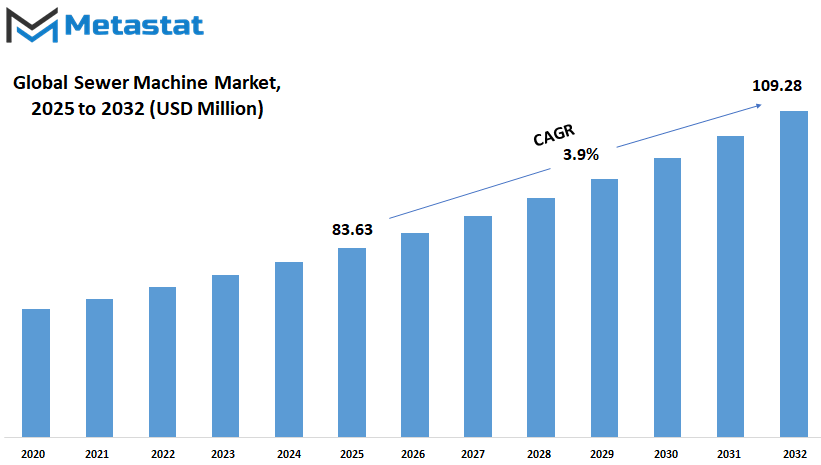
GROWTH FACTORS
The Global Sewer Machine market is expected to grow at a rapid pace over the next few years, led by several significant driving factors. The primary cause of the market's expansion is the rapid rise in urbanization. As the population continues to shift to cities and towns, the need for efficient wastewater management systems becomes very important. These devices significantly contribute to maintaining public health and the sustainability of urban areas. With growing populations in urban centres, the demand for advanced sewer machines that will efficiently deal with wastewater will increase.
The increase in demand for advanced and modern sewer machines has resulted mainly from strict regulations regarding the proper management of sewers. It has led governments globally to adopt legislation ensuring these systems remain fully operational, contaminant-free, and not at risk of failures due to misuse. Demand has thereby surged in this industry because there is now a growing demand for advanced high-quality machines suitable for conducting inspections and maintaining them on an appropriate regular basis.
Despite the positive outlook, some factors may negatively impact the growth of the Global Sewer Machine market. High equipment costs and maintenance are major challenges for most organizations and municipalities. These costs can be unaffordable for some regions, especially those with budget constraints. In addition, many developing regions may not adopt such advanced systems due to financial constraints. This financial barrier can slow the development of sewer machines in these markets and delay expansion in the markets.
The outlook for the Sewer Machine global market is hopeful, with its future bright with technological advancements currently changing the business. Robotic and AI-related technologies are dominating the sewer inspection and cleaning technologies. These may provide more efficiency, cost savings, and more accurate operations in the future. Sewers can be traversed by AI-equipped robots that can identify faults and make the necessary repairs with no human interference, thus cutting down on labor costs and eliminating risks to laborers. It can reduce the cost and make sewer management more efficient.
These developments are expected to provide a good growth opportunity in the market. With further advancements in technology, more municipalities and businesses will look for advanced sewer machines with higher efficiency and reduced maintenance requirements. Increasing urbanization, stringent regulations, and advanced technologies are likely to take the Global Sewer Machine market to new heights in the years to come.
MARKET SEGMENTATION
By Product Type
The global sewer machine market is expected to gain significant growth in the near future with the increasing rate of urbanization, aging infrastructure, and the need for effective waste management systems. Sewer machines take on a vital role in the maintenance and cleaning of sewer systems, ensuring that waste is effectively managed and protected within the environment. The market evolves constantly, in which technological aspects contribute to improving more effective and efficient machines. In the foreseeable future, demands for sewer machines will increase further as municipalities and private sector firms focus on making improvements in infrastructures and counter the challenges to maintain clean working sewer systems.
The continuous demand for better solutions in waste management is one main factor driving growth in the global sewer machine market. As cities expand and the population increases, there is a growing need to ensure that sewage systems remain operational and effective. Sewer machines, such as suction and jetting machines, are designed to keep systems clear of blockages and debris, preventing costly disruptions and health hazards. This demand for maintenance and cleaning solutions will continue to fuel the expansion of the market.
The market is further segmented into various product types. Among these, suction machines and jetting machines are the two most prominent product types. Suction machines are used for unblocking sewer systems. These machines use powerful suction to remove solid waste, sludge, and debris from pipes and drains. They are able to accomplish the heavy-duty job and efficiently remove large quantities of waste, making them a choice in many urban areas. Suction machines will be in high demand in the near future as cities want to maintain and clear already constructed infrastructure.
On the other hand, jetting machines clean sewer pipes by high-pressure water streams and remove debris. Jetting machines are very effective in flushing out blockages, dirt, and grease from pipes without damaging them. This is likely to increase the demand for jetting machines in the global sewer machine market. There will be more emphasis on eco-friendly and green cleaning methods in the future.
The sewer machine market is bound to expand steadily in the future in response to advancements in technology and the growing demand for adequate waste management solution. Of course, both suction machines and jetting machines will play vital roles towards meeting the demand for clean, functioning sewer systems and therefore contributing to the success and expansion of the market. With cities continually growing and the resultant uptrend in infrastructure, the demand for these machines will continue to rise.
By Tank Capacity
The global sewer machine market is growing at a very high rate due to increasing urbanization and the need for better waste management solutions. Variation in tank capacities of these sewer machines is one of the factors that is shaping this market and plays a crucial role in determining their efficiency and effectiveness. Looking into the future, it would be evident that this market area will continue evolving as demand will increase for tanks of different capacities. The above market can thus be divided and categorized into the following three grades: less than 500 gallons, 500 to 1300 gallons, and greater than 1300 gallons.
Machines with a tank capacity less than 500 gallons are considered the usual small, localised project. They come in handy for residential areas or space-constrained regions. They are compact, easier to maneuver, and can deal with cleaning smaller sewer systems efficiently. As cities expand and expand, the same small machines will become necessary as they would be more economical in dealing with waste in areas with either little space or resources.
In the tank size of 500-1300 gallons, another category falls. The machines on this tank will be versatile for medium-scale commercial or industrial applications. This sort of tank size allows the sewer machines to hold larger quantities of waste, making them more suitable for large residential sites, commercial buildings, and some municipal constructions. As the global sewer machine market continues to grow, this segment is expected to increase in demand, especially as cities look to improve infrastructure and handle waste management more effectively.
Lastly, sewer machines with capacities greater than 1300 gallons are used for large-scale municipal projects. These machines are meant to handle gigatons of waste and play a crucial role in the cleanliness of sewer systems in big cities. Because cities continue to expand and grow with increased population, the need for these high-capacity machines is expected to soar. In the future, cities will increasingly rely on such powerful machines to manage the complexities of their sewer systems and ensure that the waste they produce or encounter is handled efficiently and safely.
Altogether, the global sewer machine market will probably keep on growing in all these segments as the demand for better waste management increases. As the urban areas expand and change needs emerge in their infrastructures, sewer machines with any tank capacity will remain significant as they continue maintaining clean and functional cities.
By Application
The global sewer machine market will show great increases over the years with increased demand within sectors, ranging from cleansing machines for sewage lines, as well as general servicing and repairs for these types of urban infrastructures. High-scale growth within these areas results directly from how the world is continuously growing by moving to bigger cities, causing old infrastructures to become inefficient or inadequate and leading to its increase in importance and the rise to need up-to-date renewal processes. It is evident that, as the world shifts to a more integrated and sustainable environment, the sewer machine market worldwide will continue growing to ensure urban drainage and sewage systems are correctly functioning.
Examining the application segment of the global sewer machine market, the industry is found to be quite diversified with respect to demand driven by residential, commercial, industrial, and municipal sectors. In the residential area, sewer machines are used to regularly service and clean home drainage systems. With growing populations and more people moving into the cities, more advanced technologies are sure to be developed to ensure the systems remain efficient and effective even in densely populated residential zones. The now highly demanded smart homes and sustainable living will catalyze the demand for modern sewer cleaning solutions.
Commercial establishments like office buildings, restaurants, and shopping centers are also going to add value to the global sewer machine market. These types of businesses will need effective sewer maintenance systems to not go out of operations. The future is also likely to focus on mainly environment-friendly and energy-efficient machines that meet the volume and complexity of larger commercial building sewer systems. As these machines will become more complicated, they can help businesses be compliant with rules and regulations for sustainability.
Sewer cleaning machines will forever be in great demand in industrial sectors, mostly because of how operations are, which often comprises complex sewer systems. As various industries expand further, especially on developing regions, the need to clean and service these systems through regular maintenance procedures will increase in demand. Future industrial sewer machines are likely to be smarter and more durable to cope with the increasingly complex demands of manufacturing processes. The global drive toward sustainability will also drive innovation in this area, as machines are designed to minimize environmental impact while remaining efficient.
Municipalities will be a huge driver in the growth of the global sewer machine market because they manage the sewer systems of whole cities. With expanding cities, sewer machines will need to be designed for efficient capacity and will grow in demand to prevent blockage, smooth the flow of wastewater, and preserve the overall health of a city's infrastructure. Municipalities will seek out those machines that will be effective while being cost-effective and environmentally conscious. In the future, cities may have smart sewer systems where sewer machines are integrated with data analytics to provide real-time monitoring and maintenance.
The global sewer machine market will be a significant factor in ensuring that urban areas are healthy and clean. In fact, increased urbanization and industrial growth increase the demand for efficient, sustainable, and advanced sewer maintenance solutions that will eventually help support infrastructure in keeping cities running smoothly.
|
Forecast Period |
2025-2032 |
|
Market Size in 2025 |
$83.63 million |
|
Market Size by 2032 |
$109.28 Million |
|
Growth Rate from 2025 to 2032 |
3.9% |
|
Base Year |
2024 |
|
Regions Covered |
North America, Europe, Asia-Pacific, South America, Middle East & Africa |
REGIONAL ANALYSIS
The global sewer machine market is dynamic and expanding; it is critical in ensuring effective management and maintenance of sewage systems. The urbanization process will continue to advance globally, creating a growing need for sewer maintenance and repair tools, thus creating further growth in the market. One would break the international sewer machine market into regions facing unique challenges as well as different opportunities. They are North America, Europe, Asia-Pacific, South America, and the Middle East & Africa. The markets of sewer machine in North America are led mostly by the United States, Canada, and Mexico.
The U.S. is likely to lead the market in the near future due to its continued infrastructural development, and the increased necessity of sewerage for both urban and rural areas. The demand for sewer machines will continue increasing as cities expand with their increased need for proper sanitation. Canada and Mexico are investing in upgrading their sewer systems, which opens the door for growing markets within those countries. Europe is another major market for sewer machines. UK, Germany, France, and Italy have made significant contributions to the market growth in Europe.
European countries have always been keen on preserving their infrastructure. In such a situation, coupled with the awareness of environmental sustainability and the need for efficient waste management systems, the importance of sewer machines will grow further in the coming years. Since the regional governments and private organizations would emphasize the modernization and upgrading of outdated sewage systems, the demand for sewer machines in this area will be multiplied.
The Asia-Pacific region is experiencing rapid urbanization in countries such as India, China, Japan, and South Korea, which is driving the demand for sewer maintenance and repair. China and India, with their large populations and expanding infrastructure, are expected to see some of the fastest growth in the market. Japan and South Korea are also focusing on smart technologies and advanced sewer solutions, which will drive innovation and market expansion.
The growth in the sewer machine market in South America is expected to be steady, mainly in Brazil and Argentina. This is because the countries will continue to develop their urban areas and improve waste management systems, creating a greater need for efficient sewer maintenance tools. The market will continue to grow, albeit at a slower pace compared to other regions.
The Middle East & Africa, comprising the GCC countries, Egypt, and South Africa, is a unique region with the challenges of the sewage infrastructure. Although there is some kind of economic and environmental constraint that hampers this market, this market has potential for growth because the demand of sewer machines in this region is gradually increasing since the countries here are investing their infrastructure projects to improve the condition of sewage in their regions.
The global sewer machine market will look forward to development in all regions during the years to come. Further, technological advancements of smart sewer systems and automation are sure to pave the way for the various innovation trends in the market. Governments, urban planners, and private companies will go ahead and ensure the efficient solution to waste management, giving a steady demand to sewer machines in the future years. As urban areas expand and environmental concerns grow, the role of sewer machines in maintaining public health and sanitation will only become more critical.
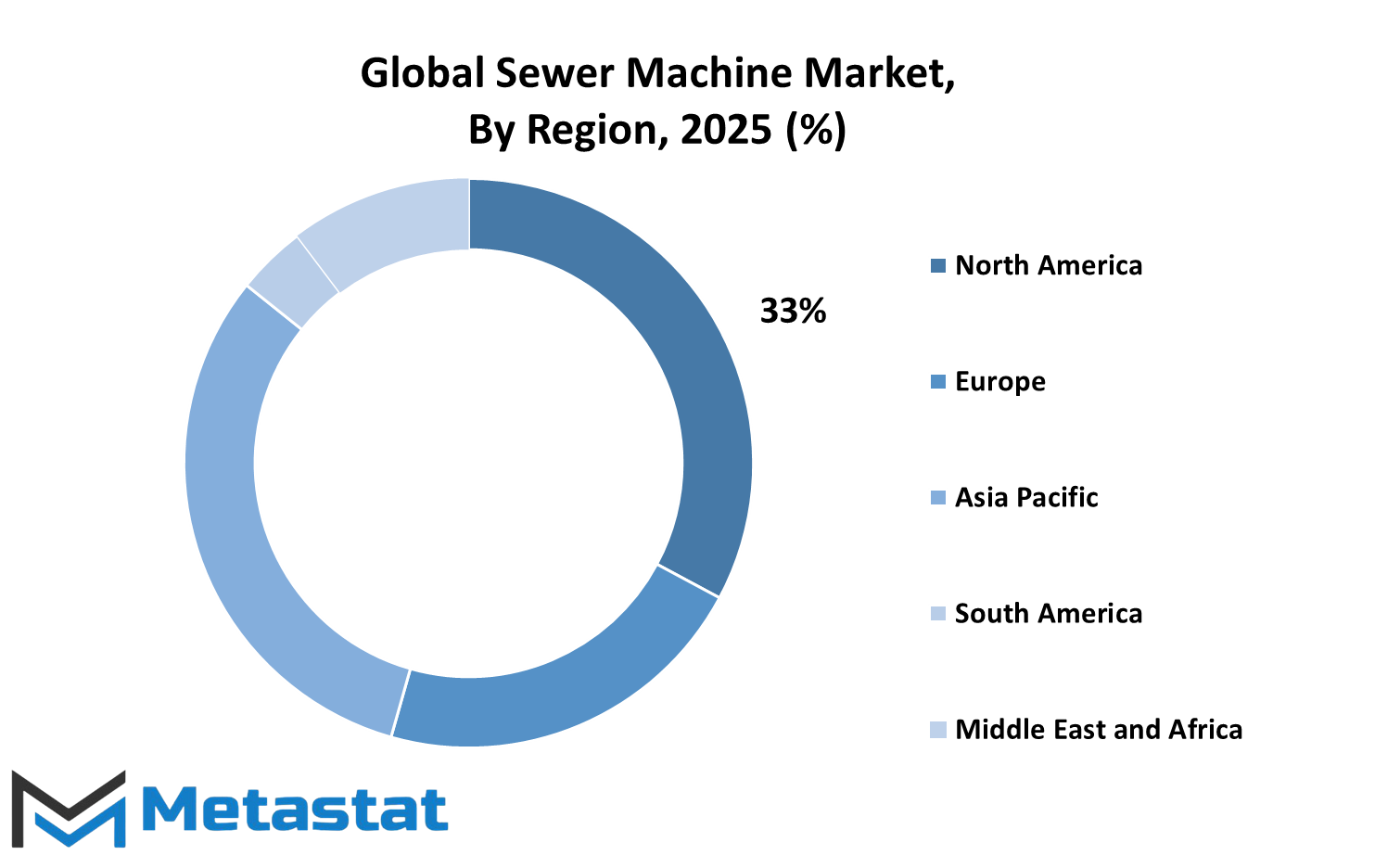
COMPETITIVE PLAYERS
The Global Sewer Machine market is likely to grow significantly in the near future due to a requirement for efficient waste management solutions and technological advancements. Urbanization and the expansion of cities across the globe also call for higher demands for modern infrastructure, which includes better sewage systems. The populations are growing, and the aging pipelines in the cities are becoming a challenge; therefore, advanced sewer machines for complex maintenance and cleaning tasks will be in higher demand.
There are a few key players who are leading the industry with innovative solutions and cutting-edge technologies. Companies like American Jetter and Gapvax, Inc. have built a strong reputation through their high-performance equipment, which focuses on both durability and efficiency. Gradall Industries, Inc. and Federal Signal Corporation are among the major contributors. They constantly supply products to fulfill the shifting needs of municipalities and private contractors. These companies not only serve the current demand of the market but also build up for the future by investing in research and development.
Rivard and Sewer Equipment Co. of America particularly concentrate on building environment-friendly machines that save the environmental environment. With growing awareness of the use of sustainable practice, the demand for gear-based equipment that uses less water and consumes less energy will certainly increase. Similarly, Spartan Tool Inc. and Vac-con, Inc. have come up with machines that are both powerful and environmentally friendly, keeping cities free from sewer while damaging nature in any way.
Vactor Manufacturing, Inc. and Duracable Manufacturing are maintaining market standards through their safety and ease of use products. Due to increased regulation and safety, the companies design their machines in a way that decreases the risks involved for operators without compromising performance. Goodway Technologies and Gorlitz Sewer & Drain, Inc. also have played their part in making the market user-friendly while achieving consistent results.
Veolia Water Solutions & Technologies and Zoomlion are stretching their international boundaries through the help of their knowledge, to open up new markets and fulfill the needs of emerging developing regions. They keep pace with innovation and customer service that gives them an edge in an ever-changing industry.
In the future, the Global Sewer Machine market will keep growing with the cities investing in smarter infrastructure. The competition between the key players will continue to innovate, thus leading to more efficient, sustainable, and user-friendly machines. This development will ensure that the industry is flexible enough to handle future challenges and changing environmental standards.
Sewer Machine Market Key Segments:
By Product Type
- Suction Machine
- Jetting Machine
By Tank Capacity
- Less than 500 Gallon
- 500 to 1300 Gallon
- Greater Than 1300 Gallon
By Application
- Residential
- Commercial
- Industrial
- Municipal
Key Global Sewer Machine Industry Players
- American Jetter
- Gapvax, Inc.
- Gradall Industries, Inc.
- Federal Signal Corporation
- Rivard
- Sewer Equipment Co. of America
- Spartan Tool Inc.
- Vac-con, Inc.
- Vactor Manufacturing, Inc.
- Duracable Manufacturing
- Goodway Technologies
- Gorlitz Sewer & Drain, Inc.
- Veolia Water Solutions & Technologies
- Zoomlion
WHAT REPORT PROVIDES
- Full in-depth analysis of the parent Industry
- Important changes in market and its dynamics
- Segmentation details of the market
- Former, on-going, and projected market analysis in terms of volume and value
- Assessment of niche industry developments
- Market share analysis
- Key strategies of major players
- Emerging segments and regional growth potential



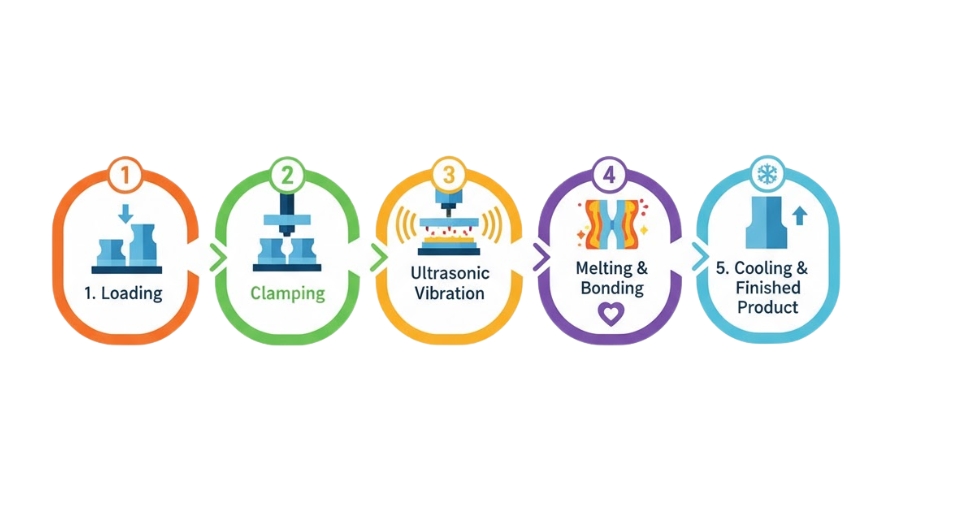
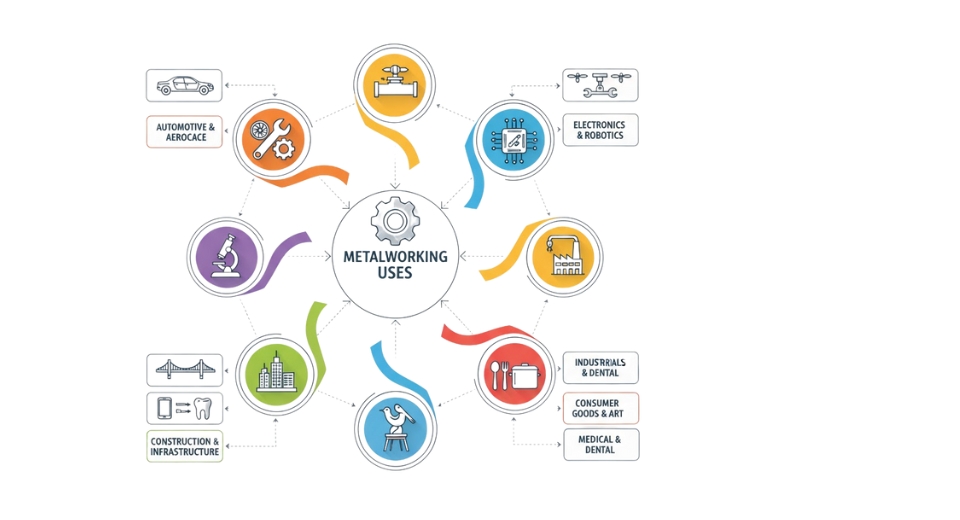
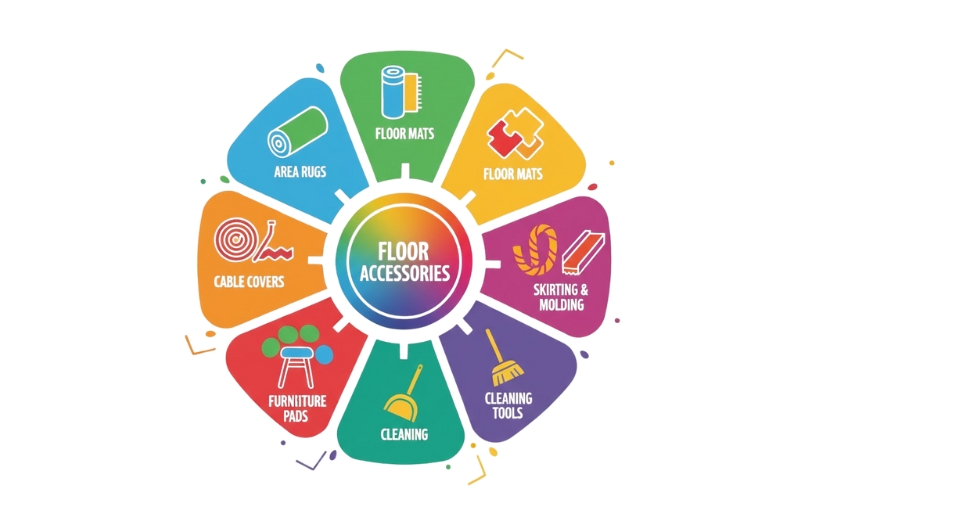
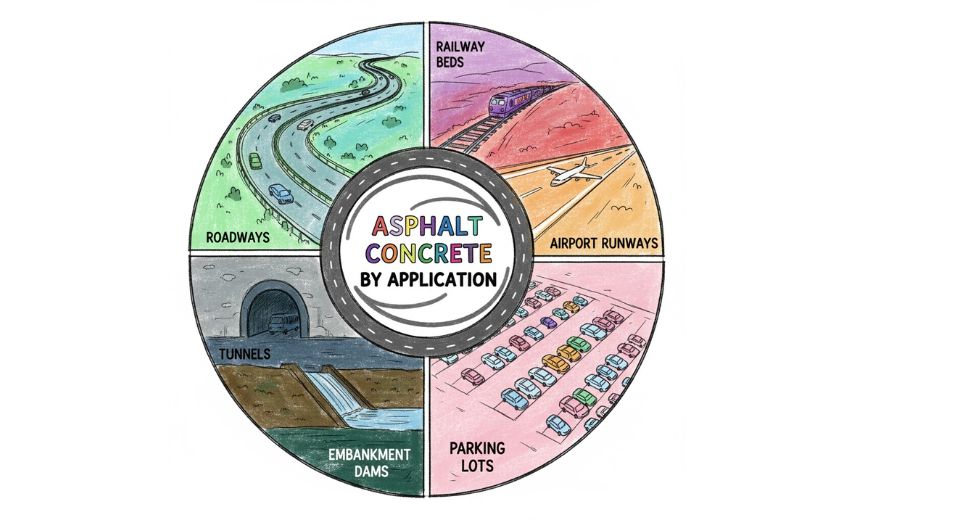

 US: +1 3023308252
US: +1 3023308252






